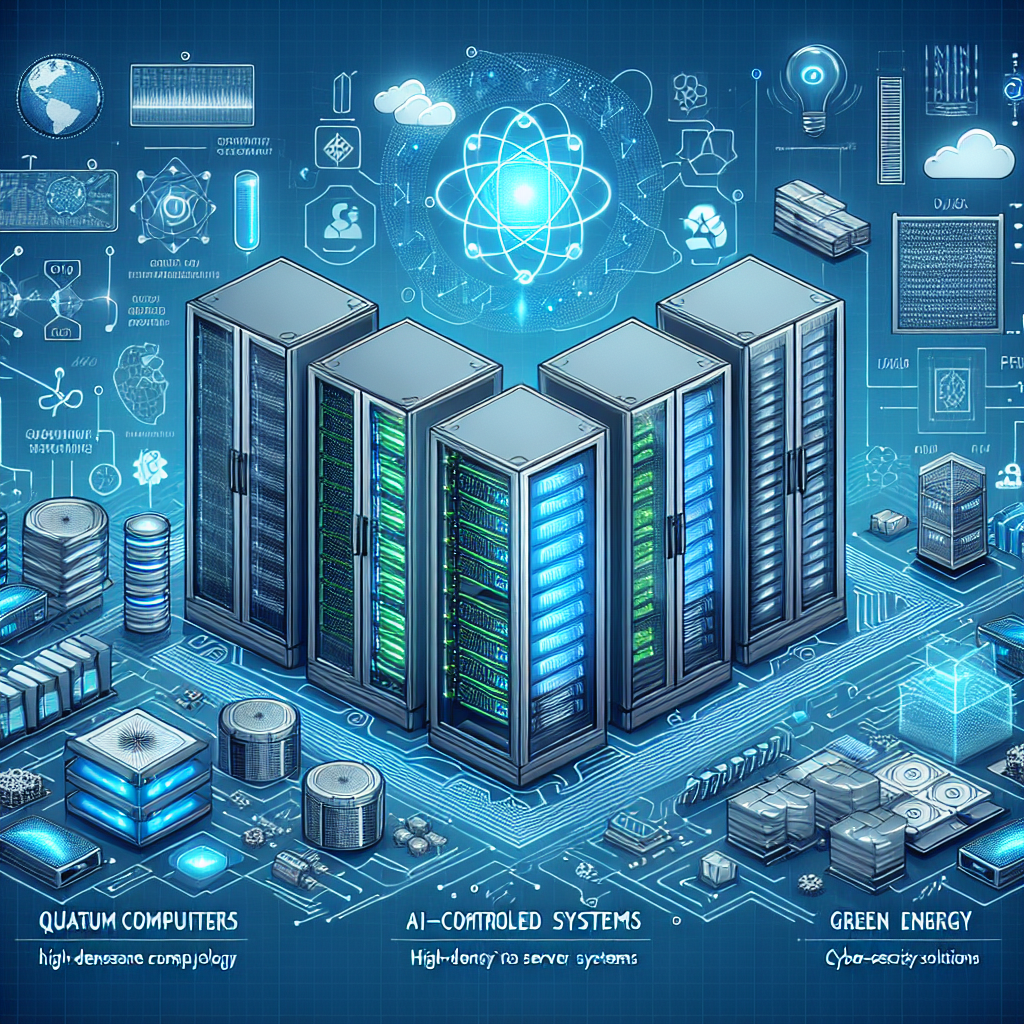Data centers are the backbone of modern technology, powering everything from social media platforms to cloud computing services. As the demand for data storage and processing continues to grow, data center servers are evolving to keep up with the ever-increasing workload. In this article, we will take a look at some of the top trends in data center servers and what to watch for in the future.
1. Edge Computing
One of the biggest trends in data center servers is the rise of edge computing. Edge computing involves processing data closer to where it is generated, rather than sending it to a centralized data center. This can help reduce latency and improve the performance of applications that require real-time data processing. As a result, data center servers are being deployed at the edge of the network in locations such as manufacturing plants, retail stores, and smart cities.
2. AI and Machine Learning
Artificial intelligence (AI) and machine learning are becoming increasingly important in data center servers. These technologies can help optimize server performance, automate tasks, and improve overall efficiency. Data center servers with AI capabilities are able to analyze data in real-time, predict system failures, and optimize energy consumption. As AI and machine learning continue to advance, we can expect to see even more intelligent data center servers in the future.
3. Accelerated Computing
With the rise of AI, machine learning, and other data-intensive workloads, there is a growing need for accelerated computing in data center servers. Accelerated computing involves using specialized hardware, such as GPUs and FPGAs, to offload compute-intensive tasks from the CPU. This can help improve performance and efficiency, especially for applications that require parallel processing. As data center servers continue to evolve, we can expect to see more emphasis on accelerated computing to meet the demands of modern workloads.
4. Energy Efficiency
Energy efficiency is a key consideration for data center servers, as they consume a significant amount of power and contribute to carbon emissions. In response to this, data center operators are increasingly focused on improving the energy efficiency of their servers. This includes using more energy-efficient components, implementing advanced cooling systems, and deploying renewable energy sources. In the future, we can expect to see even more emphasis on energy efficiency in data center servers to reduce costs and minimize environmental impact.
5. Hybrid and Multi-Cloud Deployments
As organizations increasingly adopt hybrid and multi-cloud strategies, data center servers are being deployed in a variety of environments, including on-premises data centers, public clouds, and edge locations. This trend is driving the need for more flexible and scalable server solutions that can easily adapt to changing workloads and environments. In the future, we can expect to see data center servers that are designed to seamlessly integrate with hybrid and multi-cloud environments, providing organizations with greater agility and scalability.
In conclusion, the future of data center servers is shaping up to be exciting and dynamic, with trends such as edge computing, AI and machine learning, accelerated computing, energy efficiency, and hybrid and multi-cloud deployments driving innovation in the industry. By keeping an eye on these trends, organizations can stay ahead of the curve and ensure their data center servers are equipped to meet the demands of tomorrow’s digital economy.


Leave a Reply